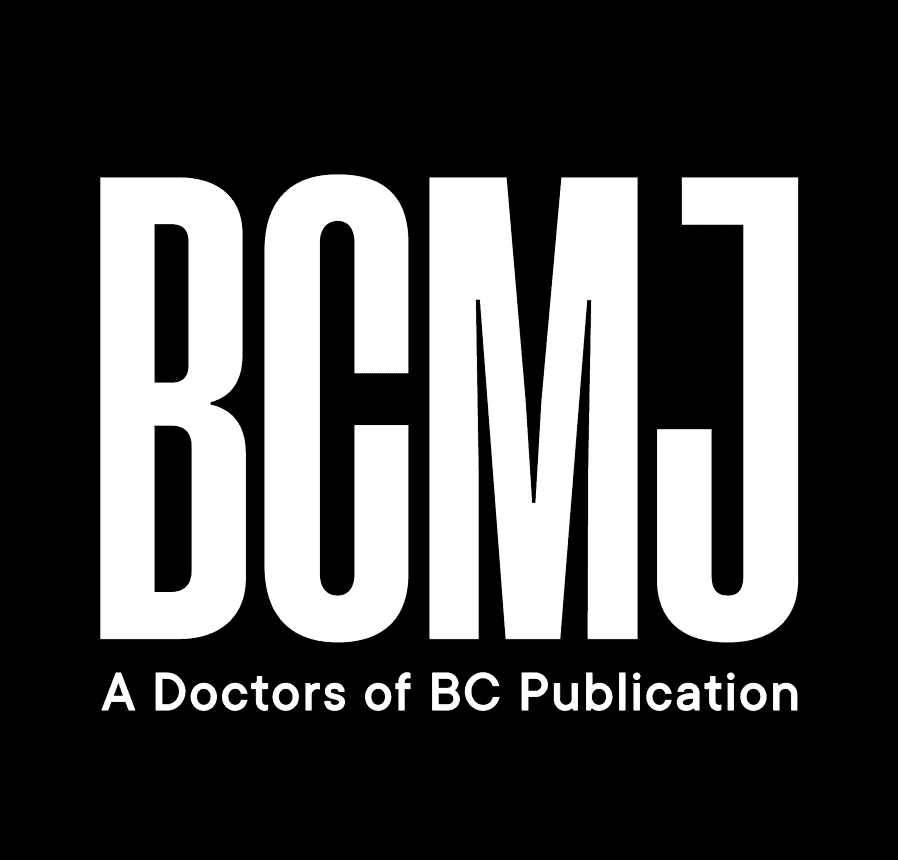What you need to know about California serogroup viruses
What are California serogroup viruses?
California serogroup (CSG) viruses were first discovered and isolated in 1943 from Aedes melanimon mosquitoes collected in Kern County, California.[1] Human cases of CSG virus infection were initially reported in the same area, followed by sporadic cases across the US and Canada. In 2024, BC identified the first occurrence of a small cluster of snowshoe hare virus encephalitis cases in the Sea to Sky corridor, prompting renewed attention to the virus.
CSG viruses are mosquito-borne bunyaviruses that belong to the Orthobunyavirus genus, which are enveloped viruses that present three distinct, negative-sense RNA genomes. There are approximately 170 viruses in this genus, encompassing 129 species and 19 serogroups, including CSG. The CSG serogroup includes 17 viruses, of which the most common pathogenic strains in North America are snowshoe hare virus, Jamestown Canyon virus, and La Crosse virus.[2]
Despite reports of sporadic cases throughout Canada for several years, these viruses have historically received limited attention. The epidemiology has evolved, and CSG viruses are now recognized as the second-most-common cause of arbovirus-associated neurological disease in North America.[3,4] The most prevalent CSG viruses circulating in Canada are snowshoe hare virus and Jamestown Canyon virus, which have been identified from coast to coast, with the highest frequency observed in Quebec, based on surveillance data.[5]
How are CSG viruses transmitted?
CSG viruses are transmitted to humans by Aedes, Culiseta, and Anopheles mosquitoes, which have wide geographic ranges across North America. These viruses circulate from mosquitoes to mammals, including squirrels, rabbits, and deer, and then back to mosquitoes. Through this cycle, horses, sheep, and humans may become infected as incidental hosts. Implicated mosquitoes can transmit CSG viruses to their offspring (a process known as transovarial transmission), which makes the virus more challenging to eradicate once established in a geographic area.
What is the clinical presentation?
CSG infection is typically asymptomatic. For individuals who develop symptoms, the incubation period of California encephalitis is usually 3 to 7 days. An early symptomatic phase lasting 1 to 4 days may manifest as fever, chills, nausea, vomiting, headache, lethargy, and/or abdominal pain. Neuroinvasive presentations are rare and cannot be differentiated clinically. Thus, CSG virus infection is especially important to consider in individuals presenting with a clinical syndrome of aseptic meningitis/encephalitis, where the conventional first-line cerebrospinal fluid testing is negative, including culture, viral, and multiplex polymerase chain reaction (PCR) testing during transmission season (from May to October).
How do I test for CSG viruses?
In BC, laboratory diagnosis of CSG viruses is available through the BCCDC Public Health Laboratory by send-out testing. Both serology and molecular tests (PCR) are available; however, serology is preferred given higher sensitivity of testing.
For individuals presenting with signs and symptoms that are clinically consistent with CSG viruses:
- Serology* (preferred):
- Serum (7–10 mL): should be collected as an acute serum sample, followed by a convalescent sample 10 to 14 days later, in a pink- or gold-top tube, and requested as relapsing fever serology.
- Cerebrospinal fluid (1–2 mL): should be collected in each of two tubes, without preservatives. These samples should be kept at 4 °C or frozen for transport.
* Testing needs to include, at a minimum, paired serum samples (acute and convalescent) or paired acute serum and cerebrospinal fluid samples, if indicated.
- Molecular testing (performed only for acute illness and preferably during the febrile period):
- Serum (7–10 mL): preferred to be collected in an EDTA tube.
- Other sample types: testing on cerebrospinal fluid and plasma may also be considered.
Where do I send the specimen?
All samples should be sent to the BCCDC Public Health Laboratory using the Zoonotic Diseases & Emerging Pathogens Requisition. Include the patient’s date of onset of illness and mosquito bite and/or travel history. Contact the BCCDC microbiologist on call with any questions related to testing.
What are the reporting requirements for suspected or confirmed cases?
Cases of encephalitis/meningitis and emerging illnesses or clusters of infections are reportable to the local medical health officer in BC. A more detailed investigation of cases will be undertaken by Public Health to increase understanding of the clinical picture and epidemiology in BC.
For updated information on CSG viruses and ongoing surveillance results, please visit www.bccdc.ca.
—Muhammad G. Morshed, PhD
Clinical Microbiologist and Program Head, Zoonotic Diseases and Emerging Pathogens, Public Health Laboratory, BCCDC
Clinical Professor, Department of Pathology and Laboratory Medicine, UBC
—Rohit Vijh, MD, MPH
Medical Health Officer, VCH
Regional Medical Director of Communicable Disease Control, Office of the Chief Medical Health Officer
—Mayank Singal, MD
Public Health Physician, Enteric, Zoonotic and Vector-Borne Diseases, BCCDC
—Catherine A. Hogan, MD, MSc
Medical Microbiologist and Program Head, Parasitology, Public Health Laboratory, BCCDC
Clinical Professor, Department of Pathology and Laboratory Medicine, UBC
hidden
This article is the opinion of the BC Centre for Disease Control and has not been peer reviewed by the BCMJ Editorial Board.
 |
| This work is licensed under a Creative Commons Attribution-NonCommercial-NoDerivatives 4.0 International License. |
References
1. Eldridge BF, Glaser C, Pedrin RE, Chiles RE. The first reported case of California encephalitis in more than 50 years. Emerg Infect Dis 2001;7:451-452. https://doi.org/10.3201/eid0703.010316.
2. Drebot MA. Emerging mosquito-borne bunyaviruses in Canada. Can Commun Dis Rep 2015;41:117-123. https://doi.org/10.14745/ccdr.v41i06a01.
3. Evans AB, Winkler CW, Peterson KE. Differences in neuropathogenesis of encephalitic California serogroup viruses. Emerg Infect Dis 2019;25:728-738. https://doi.org/10.3201/eid2504.181016.
4. Meier-Stephenson V, Langley JM, Drebot M, Artsob H. Encephalitis in the summer: A case of snowshoe hare (California serogroup) virus infection in Nova Scotia. Can Commun Dis Rep 2007;33:23-26.
5. Public Health Agency of Canada. West Nile virus and other mosquito-borne diseases: Surveillance report. 2020. Modified 17 June 2024. Accessed 24 March 2025. www.canada.ca/en/public-health/services/publications/diseases-conditions/west-nile-virus-surveillance/2020/annual-edition.html.
